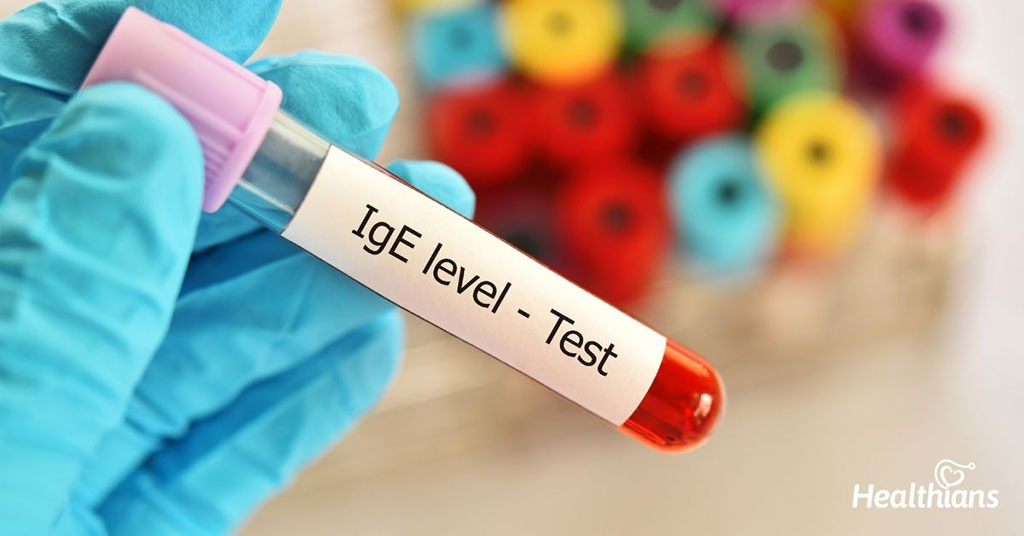Macadamia Nut-Specific IgE Levels Predict Anaphylaxis
Posted on 24 Oct 2022
Proteins residing in tree nuts are mistakenly treated as harmful by the immune system, which then releases antibodies to combat them. Chemical reaction triggers within protein substances, mast cells and histamines produced by immune system resulting in allergic symptoms.
Tree nut allergy symptoms typically occur within minutes of ingestion and can range from hives to anaphylaxis, a potentially life-threatening reaction that impairs breathing and can send the body into shock. In terms of prevalence, less than 5% of people in the USA who are sensitized to tree nuts are allergic to macadamia nuts.

Allergists and immunologists from the Sagamihara National Hospital (Sagamihara, Japan) included in a study 41 children (71% boys; median age, 7.7 years) with suspected macadamia nut allergy who visited the hospital between April 2012 and July 2021. Patient interviews and a three-level stepwise oral food challenge (OFC) found that 21 of these children had an allergy and 20 did not. The study aimed to investigate macadamia nut-specific immunoglobulin E (Md-sIgE).
Eight of the allergic children (38%) had experienced anaphylaxis. Symptoms included generalized urticaria, cough, wheezing, throat pruritus, abdominal pain, lip swelling and recurrent emesis. Among the other 13 allergic children (62%) who did not experience anaphylaxis, symptoms included face swelling, localized or generalized urticaria, intermittent cough, lip swelling and throat pruritus. None of the allergic children experienced mild subjective symptoms that were localized to the oral cavity.
The investigators collected blood samples from all patients within 12 months of the OFC or the allergic reaction to macadamia nut. The median level of macadamia nut-specific IgE (Md-sIgE) for the full cohort was 2.23 kUA/L. The children with allergy and anaphylaxis had higher Md-sIgE levels (median, 7.97 kUA/L; interquartile range [IQR], 5.08-23.3) than the children with allergy who did not have anaphylaxis (median, 1.92 kUA/L; IQR, 0.83-6.04) and those who did not have allergy (median, 1.9 kUA/L; IQR, 0.56-2.78). The difference between the latter two groups did not reach significance.
Based on receiver operating characteristic analysis for predicting anaphylaxis using Md-sIgE levels, the researchers found that the area under the curve of Md-sIgE was 0.92 (95% CI, 0.83-1) with an optimal cutoff value of 3.76 kUA/L. Eight of the 16 children (50%) with Md-sIgE levels over this level and none of the children with levels under that benchmark developed anaphylaxis.
Also, positive predictive values for anaphylaxis included 5% for 1.8 kUA/L, 10% for 2.75 kUA/L, 20% for 4.36 kUA/L, 80% for 21.06 kUA/L, 90% for 33.38 kUA/L and 95% for 51.04 kUA/L, with a maximum value of 38.3 kUA/L. About one-third of the children with sIgE values under 3.76 kUA/L had a macadamia nut allergy with no anaphylaxis, indicating that OFC could be safe for them.
The authors concluded that Md-sIgE levels were useful in predicting anaphylaxis. Above the cut-off value, they emphasized paying careful attention to the risk of anaphylaxis. The study was first published on September 18, 2022 in the journal Pediatric Allergy and Immunology.
Related Links:
Sagamihara National Hospital














